John Hurrell – 18 February, 2025
On a twisted symbolic level the resulting ‘opened up' canvas—though bloodless—takes on unexpectedly gruesome overtones of a human body undergoing mutilation or unnecessary surgery. In one's imagination, it seems to be all flayed peeling skin, and nothing else beyond tremulous surface.
Huseyin Sami’s painted canvas wall sculptures are very distinctive. His unusual shaped cuts on these square or diamond-shaped stretchers obviously reference the Spatialist works of the Argentinian painter Lucio Fontana, but instead of copying so as to emphasise line, the slashed ‘wounds’ are folded back and opened up. They are more overtly ‘sculptural’.
Simple ‘hill’ shapes are cut out so that they are attached (uncut) at the base in order to fall back down, like a drooping lower lip, eyelid or tongue. Or the outer part of a partially peeled fruit or curled leaf. The back of the canvas is carefully painted, tonally determined and pit-textured.
This flopped-over fabric leaves a gaping hole so that the supporting wall and sometimes canvas-stretcher struts are visible at the back. In some works these bent-over canvas ‘folds’ or tongues are stacked one above the other.
Aesthetically what we see is not impeccable. The exposed cuts are inelegantly jerky and wonky, and possibly deliberately free of perfection. That is because some of these jagged rough edges are aligned at a slight angle, or look as if they were sliced with a NT Cutter blade off the cuff, not using immaculately positioned guiding preparatory pencil lines or large tailoring scissors that cut heavy fabric easily.
On a twisted symbolic level the resulting ‘opened up’ canvas—though bloodless—takes on unexpectedly gruesome overtones of a human body undergoing mutilation or unnecessary surgery. In one’s imagination, it seems to be all flayed peeling skin, and nothing else beyond tremulous surface.
Because the gallery lights are up on the ceiling, the resulting soft shadows cling to the upper portions of each dramatically centrally-‘mutilated’ stretcher, hanging horizontally below its wood and curling canvas. Strangely these nuanced shadowy gradations and ripples introduce a restrained hint of Legeresque ‘tubism’ or waves to the presentation.
More importantly though, their suggestive and racially symbolic properties (particularly that of lacerated pink tactile skin) are a crucial ‘psychological’ ingredient outside formalism or studio process, possibly investigating guilt and self-awareness. We wonder who is speaking, and who is being addressed. What are the ramiications of these hanging incisions? They are interpretatively complex indeed.
John Hurrell
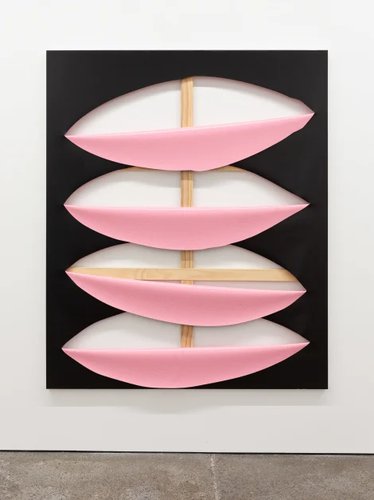


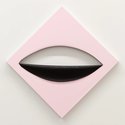
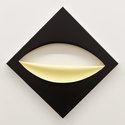
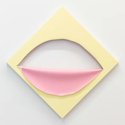
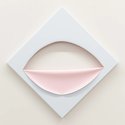
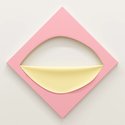


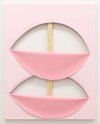
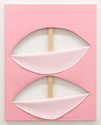
 Two Rooms presents a program of residencies and projects
Two Rooms presents a program of residencies and projects Advertising in this column
Advertising in this column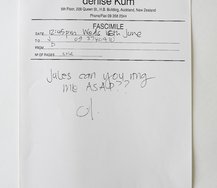
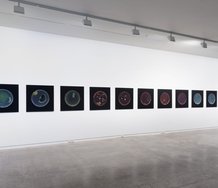
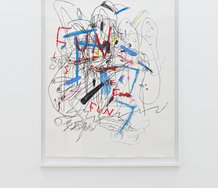

This Discussion has 0 comments.
Comment
Participate
Register to Participate.
Sign in
Sign in to an existing account.